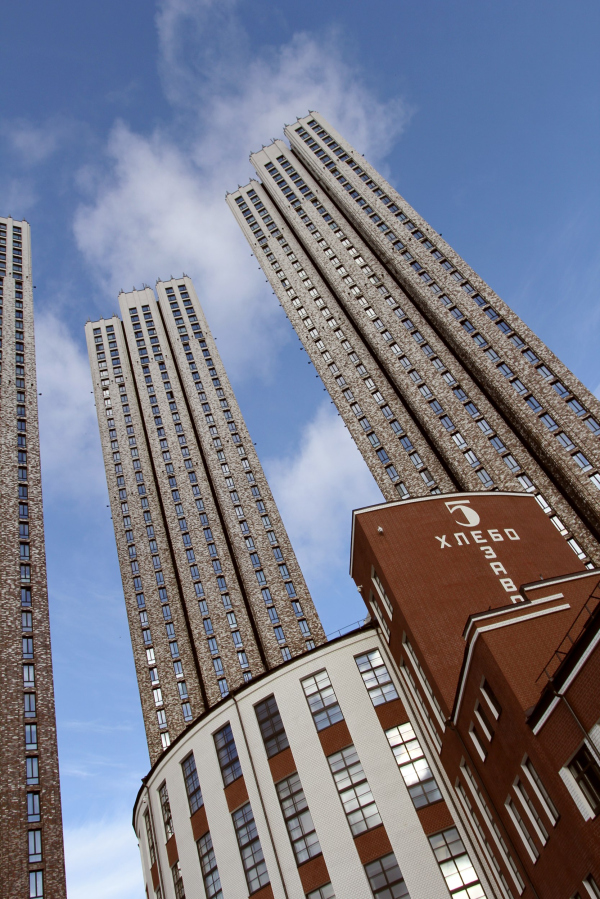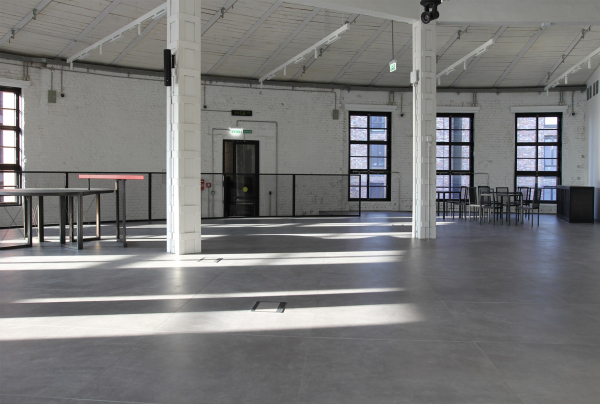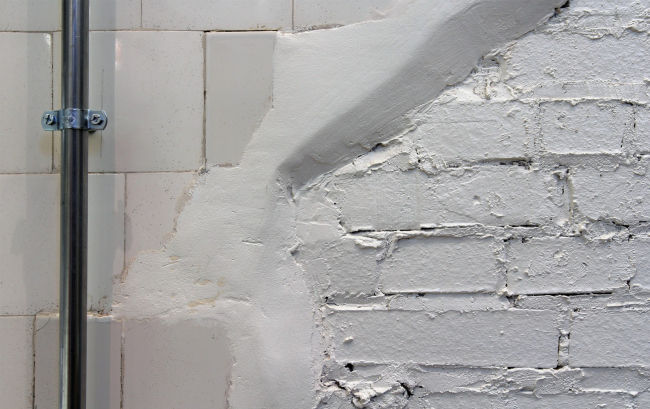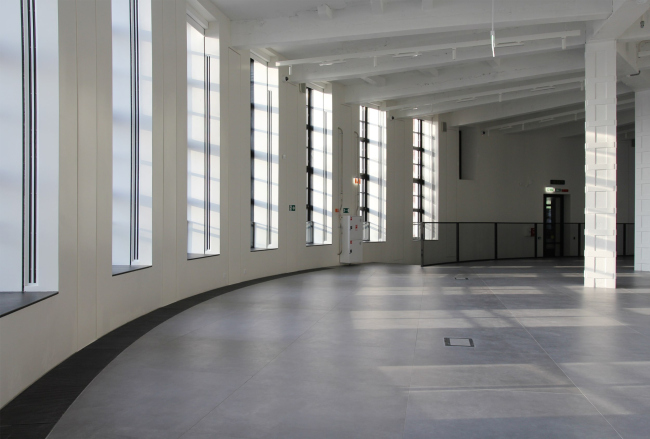|
Published on Archi.ru (https://archi.ru) |
|
| 31.10.2022 | |
|
Refinement No Longer Relevant |
|
|
Grigory Revzin |
|
| Studio: | |
| SPEECH | |
|
A few days ago journalists were shown the building of Bread Factory #5, renovated upon the project by Sergey Tchoban. In this issue, we are publishing Grigory Revzin’s thoughts about this project. The other day I examined the Bread Factory at Presnya (Khodynskaya 2, to be exact), reconstructed by Sergey Tchoban. It goes without saying that this is a master work, but there is more to it than that. I would say that the main feature of this work is the refinement that, alas, is no longer relevant.  Center for the Study of Constructivism “Zotov”, restoration of the former Bread Factory #5. SPEECH: Sergey Tchoban, Igor Chlenov, Alina GarnovskayaCopyright: Photograph: Julia Tarabarina, Archi.ru Center for the Study of Constructivism “Zotov”, restoration of the former Bread Factory #5. SPEECH: Sergey Tchoban, Igor Chlenov, Alina GarnovskayaCopyright: Photograph: Julia Tarabarina, Archi.ruWithout knowing the local circumstances until a certain date, this solution may seem strange to you. I understand that I am saying a very controversial thing but in my opinion Sergey Tchoban is a by far better architect than Marsakov, and the complex that he designed is much more interesting than the essentially unassuming bread factory – but that’s just me. However, I do realize that from the point of view of public consensus the constructivist bread factory – built back in 1931 – was much more valuable than the experiments done by modern architects, and I realize that building was to be preserved at all costs. But let’s face it: this building is not convenient as a museum complex, it has a lot of industrial staircases inside that are inconvenient for regular people; in spite of the width of the building, the ceilings are too low, the central part is occupied by a closed technological chute, and at the same time the building has too many windows – yes, you can make exhibitions here, but you will have certain difficulties. I would also add that this is a story without a context – at the time the factory was built, it was the outpost of the new industry at the then-outskirts of the city, its windows commanding the views of the slums that the workers lived in. Today, in half of the cases, these windows command the views of the complex designed by Tchoban himself, and the other half command the views of similar, albeit not as high-quality, bourgeois Moscow. But this does not even come close to the authentic tiles of the 1930’s, the remains of the nameless paintings of the 1960’s on the staircase, and the wooden ceiling of the top floor. This the authentic history. Center for the Study of Constructivism “Zotov”, restoration of the former Bread Factory #5. SPEECH: Sergey Tchoban, Igor Chlenov, Alina GarnovskayaCopyright: Photograph: Julia Tarabarina, Archi.ruCenter for the Study of Constructivism “Zotov”, restoration of the former Bread Factory #5. SPEECH: Sergey Tchoban, Igor Chlenov, Alina GarnovskayaCopyright: Photograph: Julia Tarabarina, Archi.ruCenter for the Study of Constructivism “Zotov”, restoration of the former Bread Factory #5. SPEECH: Sergey Tchoban, Igor Chlenov, Alina GarnovskayaCopyright: Photograph: Julia Tarabarina, Archi.ruOK, this is just my opinion but I think that the old heart is just not up to the new body of Tchoban’s architecture – the “historical” core is just not valuable enough. But I can quite assume that my opinion is erroneous, and if people who do not share it are numerous enough – well, the idea will work. And if they adorn the Marsakov workshops with some authentic Malevich or at least a Rodchenko replica, then it will be that much better, and the space will “resonate”. But there’s another thing that is interesting. What is more interesting is the fact that Tchoban believes in this himself. He believes that his architecture is less valuable than this piece of historical industrial architecture, that he can lean on it and hide behind it, using it as a shield, and that it will be the right thing to do. And this has to do not just with the respect-worthy modesty of a high-minded and moral person. There’s a certain program involved. This program implies that new architecture grows from something constructivist and doubtlessly authentic, that it develops the Russian tradition, and, hence, is legitimate. This architecture has a right to be here because it “grows” from Marsakov. At the same time, Sergey Tchoban is a European-class architect, one of the first. And he could have built such a thing just as well in Germany, Netherlands, or Dubai – it does not adjust to specific Vagankovo circumstances. Therefore, modern Europe grows in Russia from the local tradition as its natural development. Just take a closer look at your avant-garde, and you will realize that you are the children of Europe. This was the refinement and the high moral attitude that was a public consensus. But, alas, we see this approach more and more rarely. I don’t know what the architecture will be like now, but I’m afraid it will start with the approach of “let grass grow all over the place”. |
|


